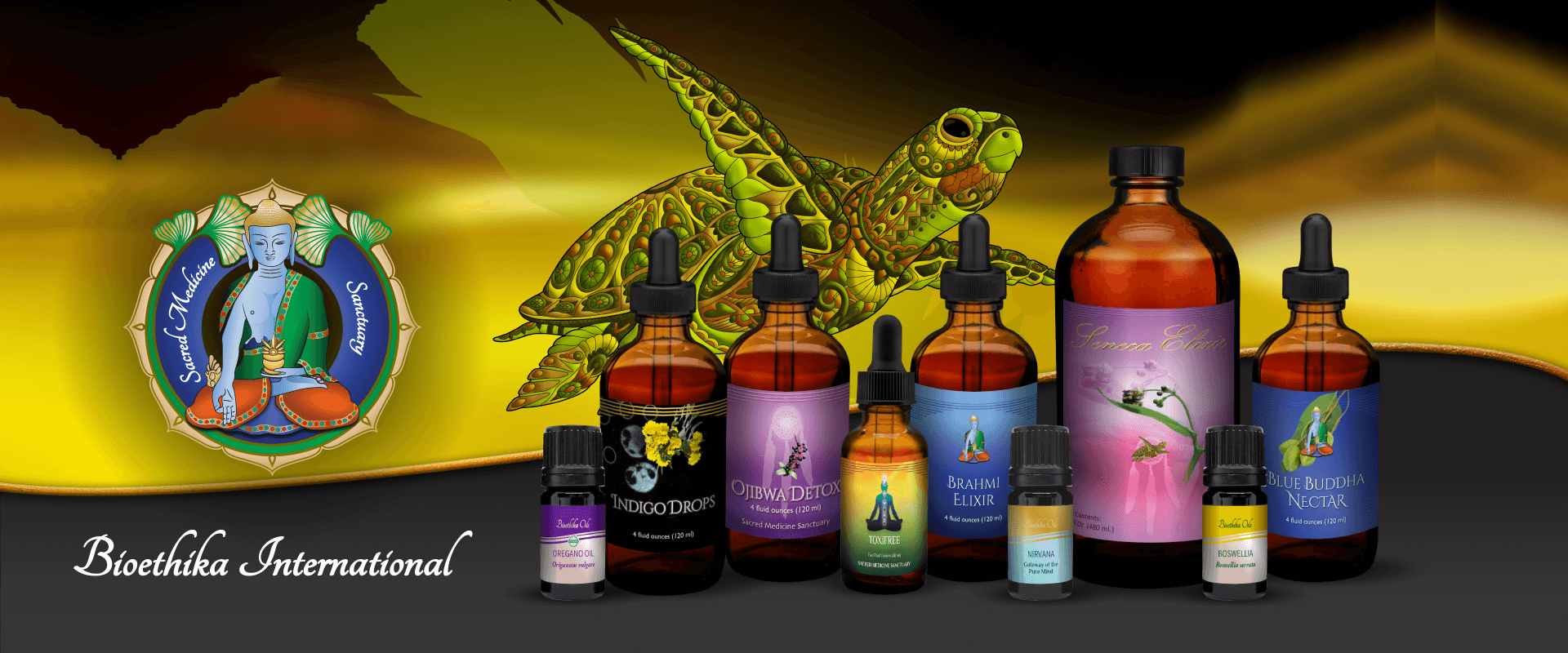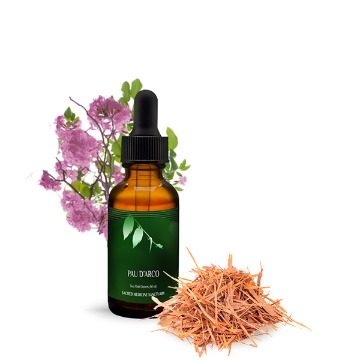


Pau d’arco is one of the most well known South American herbs. It has a reputation for having anti-cancer, antimicrobial, and antifungal properties. It is also used to purify the blood and regulate blood sugar. Like many herbs with ethnobotanical traditions strongly suggestive of antitumoral properties, pau d’arco seems to benefit some patients more than others. It is widely believed to work better with patients with elevated levels of Candida albicans.
The earliest modern studies of pau d’arco were published by Dr. Theodore Meyer who successfully used it to cure very advanced cancers, especially leukemia. Some of his findings were questioned by those who attempted to attribute all results to a single compound. As with most herbs, the whole herb often protects against toxicity of the strongest chemical constituent, in this case, lapachol. In clinical trials, low doses stimulate immunity whereas higher doses reduce inflammation often associated with stimulation. As might be expected of an herb with antifungal properties, it helps to reduce allergic reactions.
The earliest modern studies of pau d'arco were published by Dr. Theodore Meyer who successfully used it to cure very advanced cancers, especially leukemia. Some of his findings were questioned by those who attempted to attribute all results to a single compound. As with most herbs, the whole herb often protects against toxicity of the strongest chemical constituent, in this case, lapachol. In clinical trials, low doses stimulate immunity whereas higher doses reduce inflammation often associated with stimulation. As might be expected of an herb with antifungal properties, it helps to reduce allergic reactions.